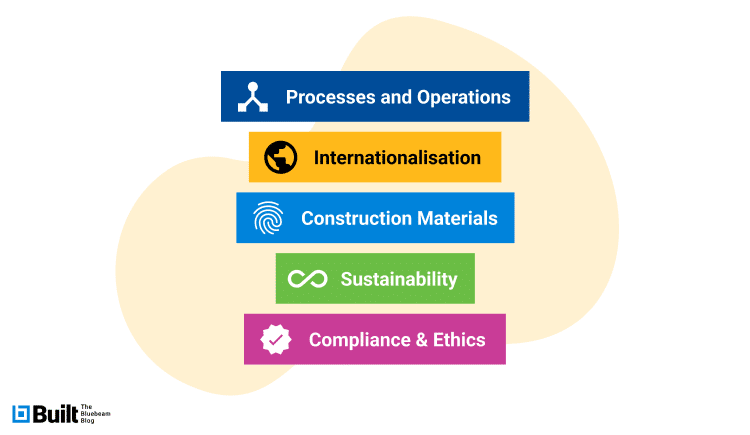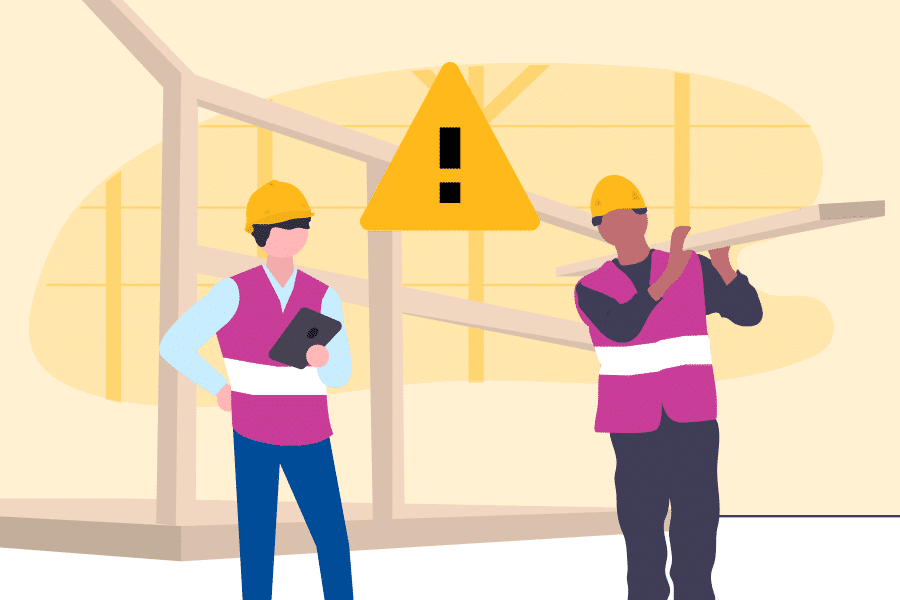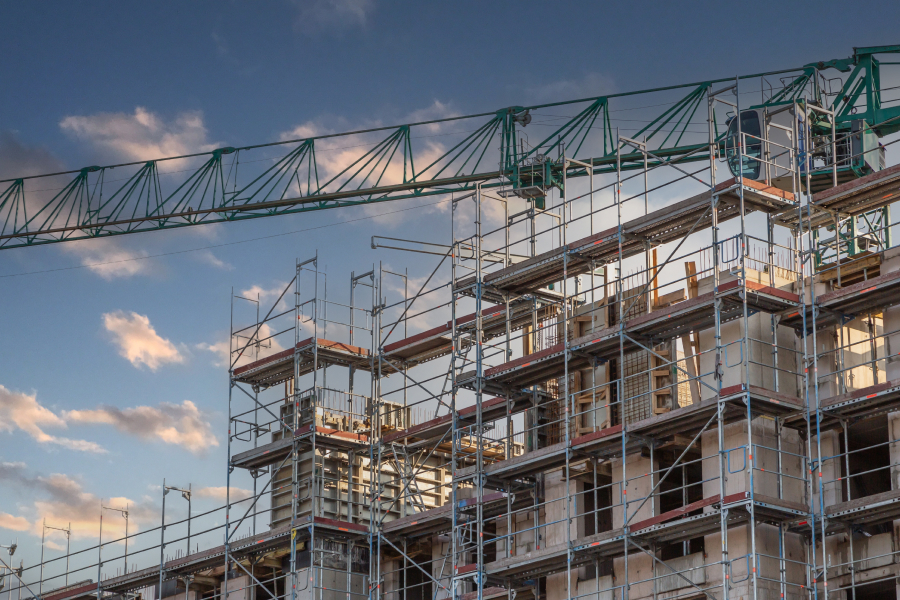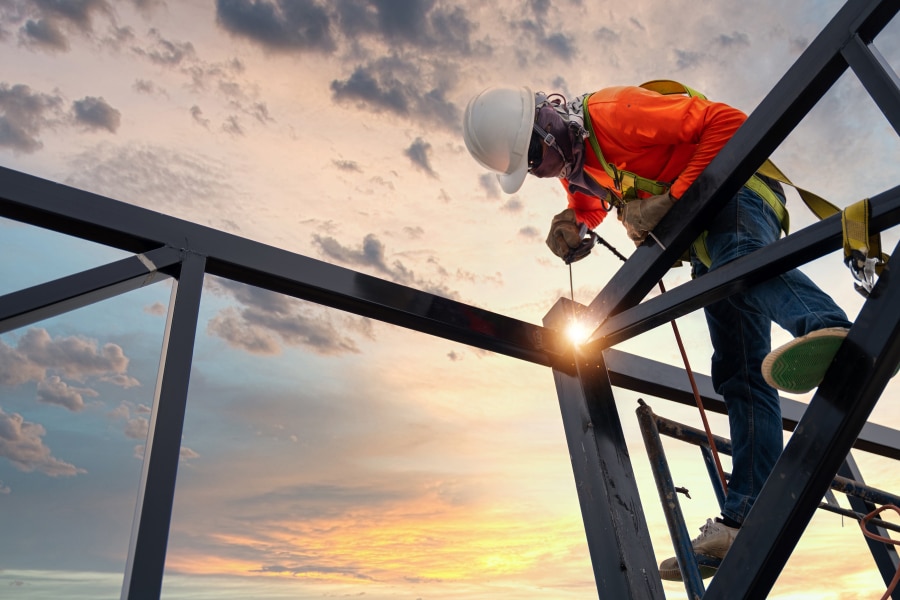Australia’s economic survival in the current COVID era is strongly tied to the national construction industry, with all levels of government announcing unprecedented investment into infrastructure development.
Federal, state and local government budget stimulus measures have largely driven a forecast growth of 2.7% for the sector, bringing the level of building and construction work up to $243 billion in 2021.
According to the Australian Construction Industry Forum, new home construction is expected to upswing, with a projected 10 per cent lift in 2021 against the backdrop of a shift away from inner-city apartment living into regional centres, alongside the longer-term transition to working from home.
Adaptability has been proven to be the key to the survival and revival in our pandemic era—and our construction industry needs to meet five key challenges head on to fully capitalise on the opportunities presented throughout 2021.
1: Hiring and retaining skilled construction staff
Your people can make or break your business—and for many reasons they should be considered your most valuable resources.
The construction industry employs almost 1.2 million Australians — about 9% of the total workforce. While employment in the industry has increased by 7.1% over the past five years, staff turnover (at about 10 per cent) remains one of the most significant challenges for the industry.
Hiring, retaining and growing workforce requires a holistic focus that includes choosing the right people for the right roles at the right time. Choose your workforce carefully and ensure your workplace is one they want to stay in, rather than hiring for a quick fix.
Our top tips for building your workforce:
- Consider your upcoming projects for the year and the resourcing requirements needed to successfully deliver these scopes of work on time and within budget
- Map project requirements, including volume and skills to your existing workforce and identify where the gaps exist
- Identify the members of your workforce who may be upskilled and plan their development to align with your incoming priorities
- Recruit for both skills and attributes—ensuring future employees don’t just have the skills—they should also help build the culture and functionality of your team
With a workforce in place to support your construction project delivery, it is now your job to ensure your people can do theirs with ease. Streamline processes to improve communication and accuracy, as well as automate tasks that enable your team to achieve.
Investing in technology, training and development means you’re developing your people to deliver consistently into the future—and retaining their relevance as the industry evolves. The top skills required for the construction industry include:
- Language, Literacy and Numeracy (LLN)
- Learning agility/Information literacy/Intellectual autonomy and self-management
- Design mindset/Thinking critically/System thinking/Solving problems
- Communication/Virtual collaboration/Social intelligence
- Technology
2: Dealing with contractors and managing contracts and payments
With large overhead costs in securing materials and equipment, construction businesses are often behind the eight-ball.
Recognised as one of the toughest industries to survive in across the nation, the construction industry needs to find ways to improve contract management—from initiation through to milestone payments and project closure.
According to data analysts Illion almost a third of Australian businesses are struggling to pay their bills on time with bigger organisations remaining the slowest to resolve outstanding accounts. Construction companies’ payments are reportedly worsening, with the trend attributed to long lead times in the sector, with businesses sometimes taking months to feel the full impact of economic disruptions.
Improvements in contract management will help ensure streamlining of processes, reduction of costs and improvements in payment cycles.
Automation tools such as Bluebeam Revu helps your team collaborate in real-time, reducing errors across contract revisions and project changes, meaning time savings and cost management.
3: Keeping up to date with new technologies
Advisory experts Deloitte have revealed that construction is a slow adopter of new technologies and innovation “and as a result is the economic sector with the lowest productivity gains over recent decades.”
Three key reasons the construction industry needs to embrace new technologies include:
• Non-digitised processes jeopardise the ability to access consistent and ready-to-use data (paper-based documentation)
• Project execution is decentralised and deployment depends on the project managers
• Each project is perceived as unique
Harnessing new technologies enables construction companies to improve operational processes by optimising time and resources, resulting in greater construction project performance with near-real-time visibility into progress.

The digital divide is closing—thanks to the affordability and accessibility in particular of portable technology devices.
Mobile phones and tablets, supported by project tools such as Revu, enable real-time sharing of project requirements, scope changes, deliverables and activities—meaning your business can improve the accuracy of data collection alongside automating workflows, reducing the administrative burdens.
4: Increasing project productivity
Productivity isn’t about working harder—it’s about finding the tools to help you work smarter, helping reduce errors and downtime.
Having the right tools at the right time means you can improve processes from ordering product and materials to implementing client changes in real-time, with one source of truth rather than multiple records confusing project delivery.
According to McKinsey Global Institute, if productivity in construction grew 2.8%, it’s estimated the total world spending for the construction industry would increase by $1.6 trillion.
Five tips to help your business increase construction productivity include:
- Plan thoroughly, including project deliverables, work packages, resourcing and contingency considerations
- Ensure your team matches the requirements and they are supported by tools and training to optimise their contribution
- Communicate—keep people updated, ensure everyone has the most up-to-date information, debrief and review regularly
- Check product and material availability and ensure delivery is aligned with construction work packages
Another simple way of fast-tracking productivity is to use fit-for-purpose tools. Mechwest Design and Drafting is a mechanical and structural 2D and 3D drafting and shop detailing firm whose clients are primarily in the mining, oil and gas, industrial and commercial industries. Headquartered in Subiaco, a suburb of Perth on the western coast of Australia, the company has grown tremendously since its founding in 2001, with support from their Bluebeam Platinum Partner Cloud A2K.
“Our drawings have to be millimetre perfect. And I guess that’s where Bluebeam allows us to have that, because we are having to open and close a drawing so quickly that we need to translate that information in a very quick but simple way,” Mechwest production manager Zane Isaacs said.
5: The increasing cost of raw materials and equipment
COVID-19 has offered critical insights about the risks of failing to diversify and risk manage supply chains, particularly for the construction industry where import and overseas production has slowed all while government infrastructure investment has exponentially increased.
As an increasing number of construction projects come on to the market, demand for materials and supplies follows, impacting on availability and price. The key, according to Price Waterhouse Coopers, is to stabilise your construction supply chain.
Beginning with mapping your suppliers, identify risks and gaps and potential solutions in the event that an existing supplier cannot deliver to your requirements. Negotiate preferred supplier contracts, forecast requirements for upcoming projects and simplify the process by bulk or staggered ordering where appropriate.
In managing plant and equipment, consider leasing rather than an outright purchase. This will give your business the flexibility to upgrade when plant supply chains are more competitively priced.
Meet challenges head on to future-proof your business. From the outset, ensure you have the tools in place to plan for incoming work, streamline processes and support your team with the tools and skills they need to get the job done well.











